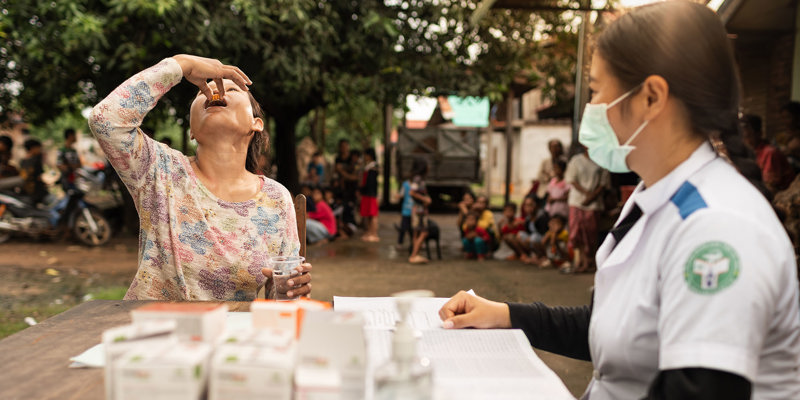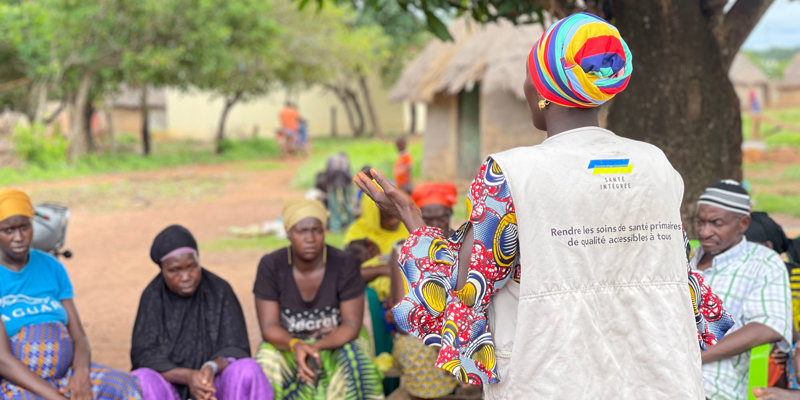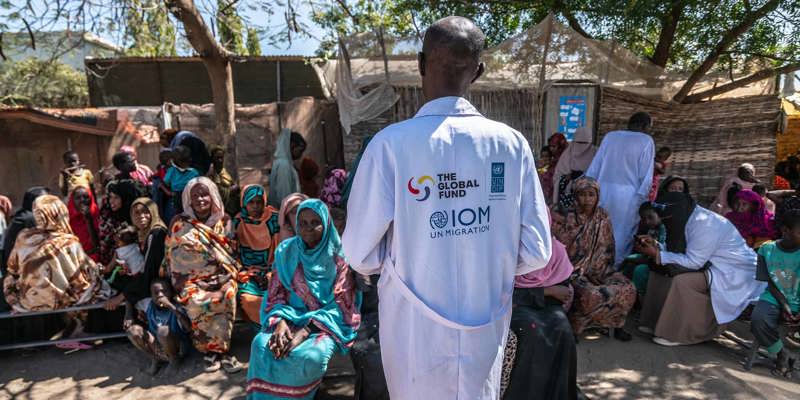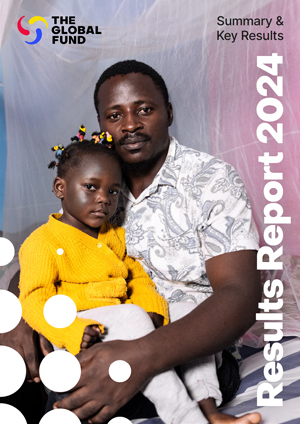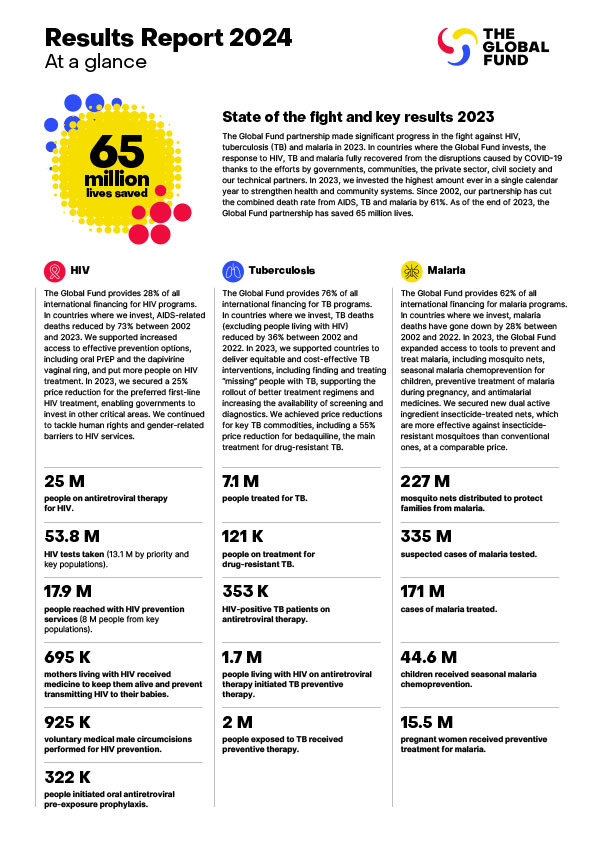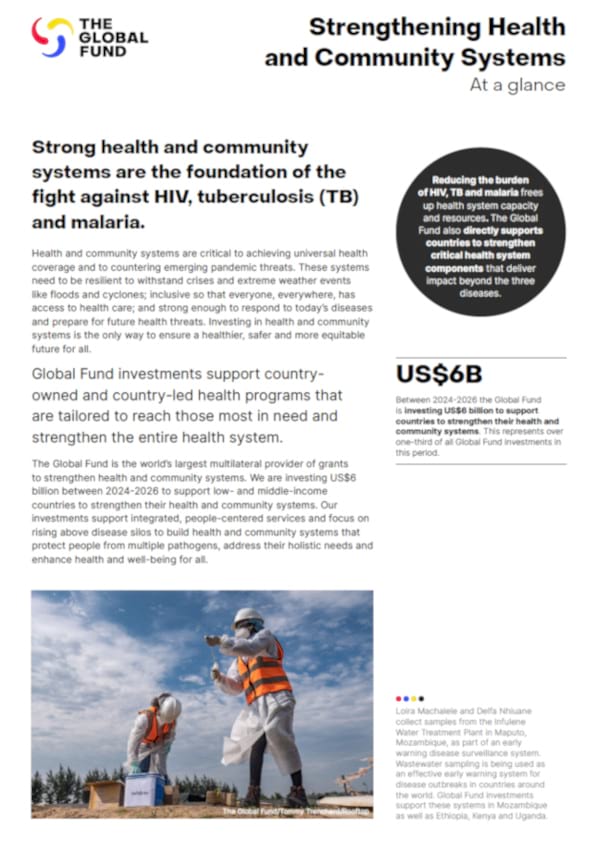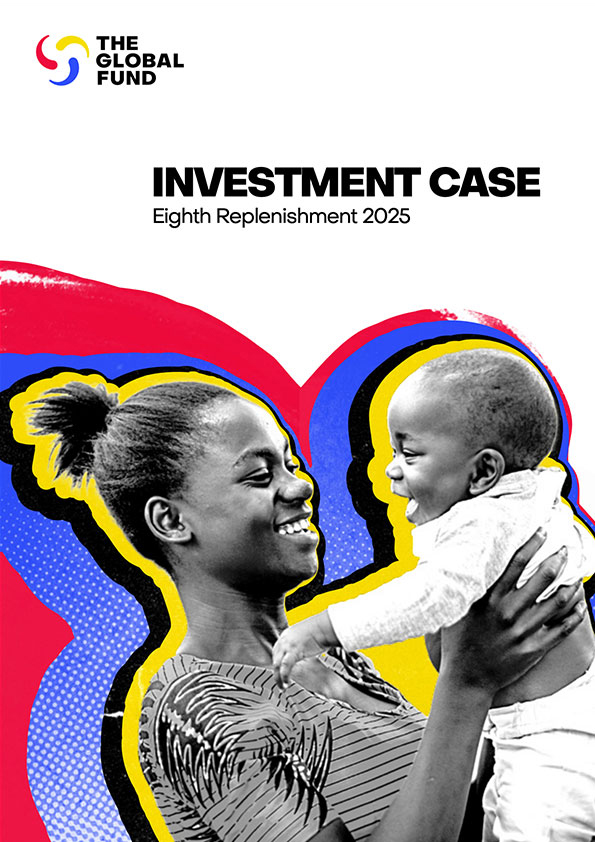

The Pivotal Role the Private Sector Can Play in Fight Against TB
The fight against TB has been a long and arduous one. In the 20 years that the Global Fund has been operating, the TB burden has been declining steadily, but the threat of multidrug-resistant TB looms large, and in 2020, the arrival of COVID-19 set us back decades. For the first time in our history, key programmatic results declined, and TB deaths increased, fueled by a surge in the number of undiagnosed and untreated cases. TB still kills more than 1.5 million people a year. In India alone, that’s about 1,400 people a day.
What COVID-19 also did was shine a light on the importance and possibility for adaptation of service delivery models, increased digitization, and adoption of new tools and greater investment. This gave us not just hope, but compelling evidence that private sector engagement, innovation and technical expertise will pave the way toward a world that is free of TB.
The private sector has always been the first port of call for symptomatic people in many of the high-TB burden countries. In some Asian countries, up to 70% of patients first visit private health providers when they have symptoms suggestive of TB. Beyond private-sector health care providers, innovation by technology companies can be fundamental in helping make a step change in the fight against TB.
One of the game-changing developments to emerge from private sector collaboration is the use of artificial intelligence (AI) for computer-aided diagnosis. The Global Fund is working with companies like Microsoft, Qure.ai and the Google Cloud Platform in India to deploy this technology. For example, Qure.ai applications mean that X-rays don’t need to be read by a radiologist to diagnose a case of TB – they can simply be analyzed by machines. One of the biggest limitations to TB testing has been accessing a radiologist, so this WHO-approved innovation has transformed the way we work and highlights how the private sector has been critical in advancing the fight against the disease.
AI is part of the future of the fight against TB, and there is more coming in this space. We know companies are already working on algorithms that can detect the difference between a regular cough and a TB cough, and this is going to revolutionize how we operate. One of the challenges we face is that our current tools for TB screening are not sensitive enough. Today, we primarily look at symptoms, but when we start to add technology and AI into the mix, it will take diagnostics to the next level.
When it comes to treatment, the private sector has been critical in driving the emergence of digital adherence – that is, ensuring that patients stick to their treatment programs. Mobile phone technology in India has meant that we are able to remotely monitor patient adherence to their drug regimes. The Global Fund is working with governments and other partners to improve treatment for patients by decentralizing DR-TB treatment from major health facilities into communities and homes. In Georgia, this work includes the roll-out of the AdhereTB mobile application – a video-supported treatment (VST) application developed by the National Center for Disease Control and Public Health of Georgia, with support from the Global Fund. The application saves patients valuable time and transportation costs. Patients using AdhereTB can record and upload videos when it is most convenient for them, see a list of medications they have been prescribed, the descriptions of each drug and possible side effects.
Before COVID-19, TB patients in many countries had to travel daily to their local health facility to have their drugs administered. However, the pandemic triggered many countries to adopt a multimonth dispensing model, made possible by the availability of digital adherence technology to aid treatment monitoring. In fact, despite the massive challenges of COVID-19, we saw that where this technology has been deployed, the groundwork was already laid, meaning communities had better resilience in the face of COVID-19 and bounced back faster.
Pre-COVID-19, the digitalization of TB testing and treatment was starting to gather momentum, although it was a slow burn. But from 2020, there has been greater acceleration, and the previous investments in digital technology have paid dividends. Countries were forced to act fast, and in India for example, health systems went from largely aggregating TB data on an annual basis to also having real-time digital data available online. Suddenly we were able to see what happened yesterday with cases, whereas before it would have taken months.
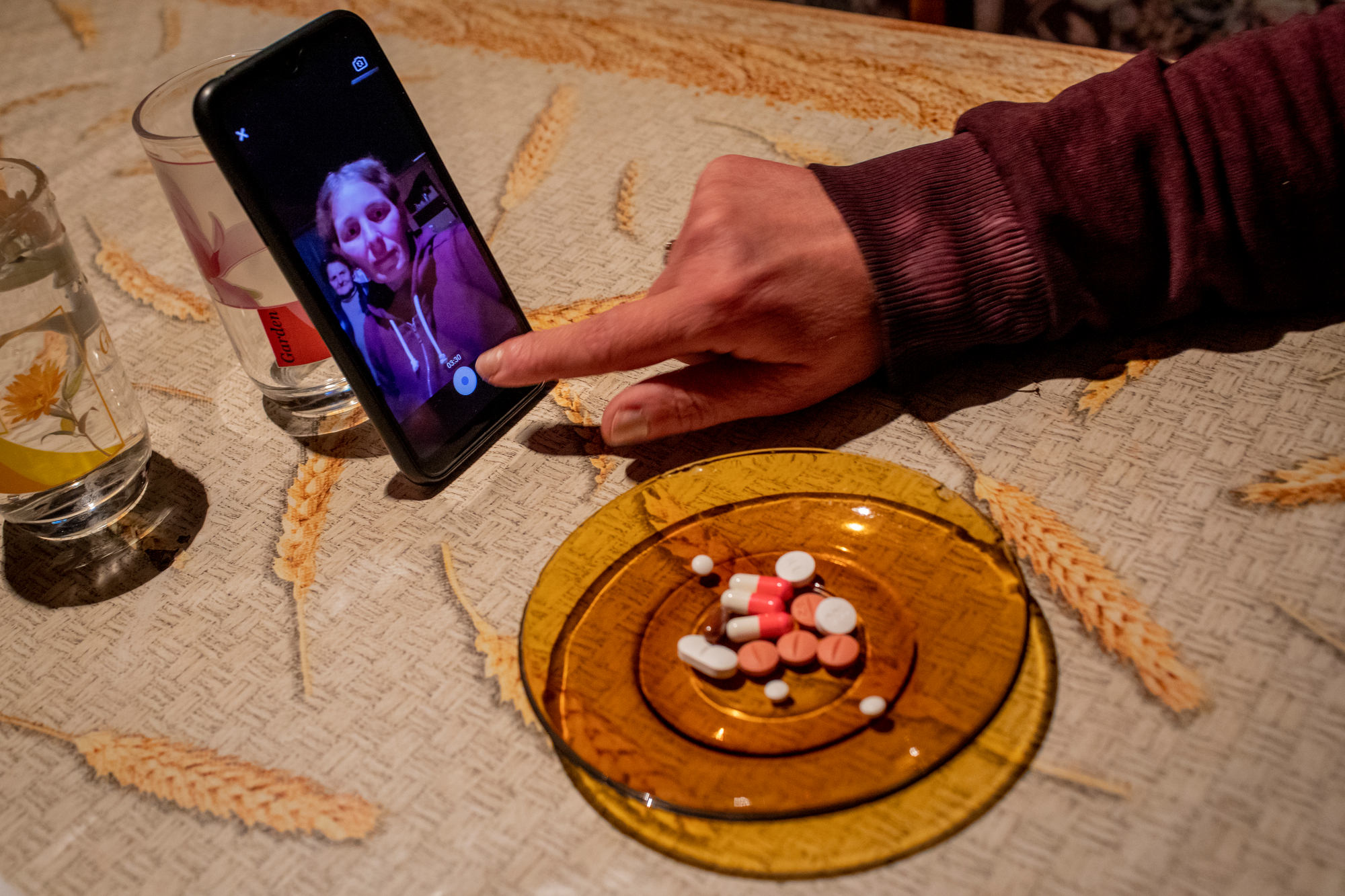
A patient uses an app for video-supported therapy (VST) as she takes her daily tuberculosis medicine at her home in the village of Bashi, Georgia.
The Global Fund/Anush Babajanyan
Ultimately, the COVID-19 pandemic was a pivotal point in the digitalization of TB testing and treatment and presented a golden opportunity to further develop platforms designed for TB programs, such as the use of contact tracing activities, accelerating the use of digital adherence technologies, and scaling up real-time, case-based TB surveillance.
Building better, more integrated information systems is key, and recently the Global Fund partnered with Microsoft Research and the Stop TB Partnership to analyze the digital information technology landscape across 20 high-burden countries to see where the gaps were. We are now working with those countries and stakeholders to help them strengthen those systems, integrate data across and between platforms and provide faster, more comprehensive patient-centric care. And that’s a great example of the contribution the private sector can make in areas where they have a comparative advantage – digital solutions. Together with our funding, our technical partners, and technical capabilities from the private sector, it’s a powerful way to accelerate countries’ progress.
TB predominantly affects the working-age demographic. It is often devasting, as people affected are unable to work. So, a crucial role that the private sector can play is to develop a responsible approach along their value chains and develop the right policies and support structure for pandemics more generally. Ending Workplace TB is a coalition of multinationals, dedicated to the health of their workforces, that is mobilizing business leaders to adapt their approaches to ensure employees and contractors are supported when they have a disease like TB, and are not further harmed by losing their incomes.
We have been working with Johnson & Johnson to help find missing people with TB. Their consumer insights gathering initiative drills down to a granular level about the behavioral and cultural reasons why TB cases are being missed in Indonesia. Historically, our approach was very biomedical, but leveraging the consumer insights of our private sector partners can change our approach to the way we tackle the disease.
COVID-19 also showed how the world can rapidly develop new pharmaceutical tools, diagnostics, therapeutics, and vaccines. We are fighting a TB battle with very old tools, ranging from a vaccine and diagnostics that are more than 100 years old. The medication to treat drug-resistant TB is still highly toxic and only partially effective. More R&D is needed to move the needle toward getting a vaccine that works across all age groups, improved point of care diagnostics, and shorter and safer treatment protocols.
My rallying cry to the private sector is this: We want more collaboration, more of your innovation, more of your expertise and more investment. We’ve seen through COVID-19 the economic fallout from disease, and we have always known the return on investment by combating TB is huge. We need to modernize and revolutionize the fight against TB and reach our targets by 2030 – and I believe a robust partnership with the private sector can help us get there.

